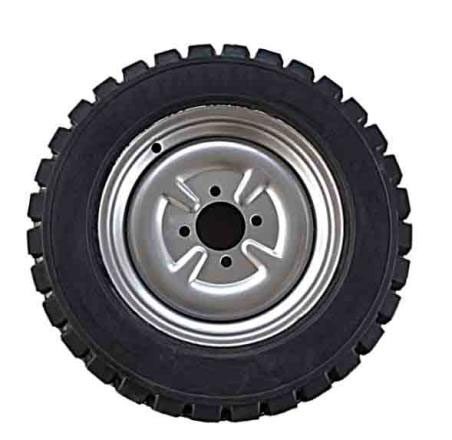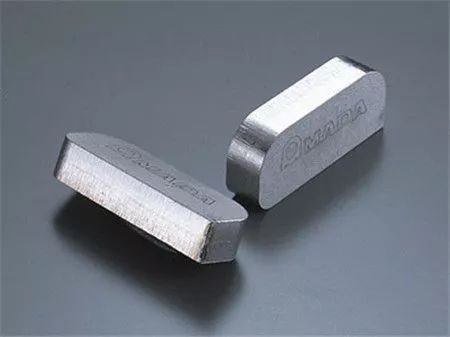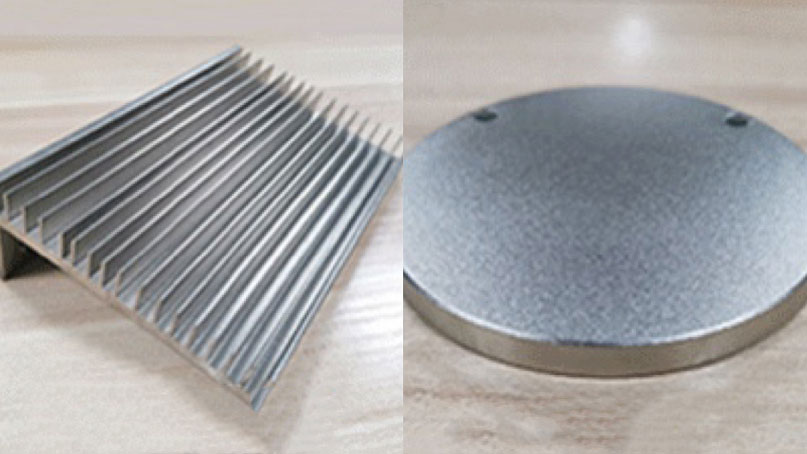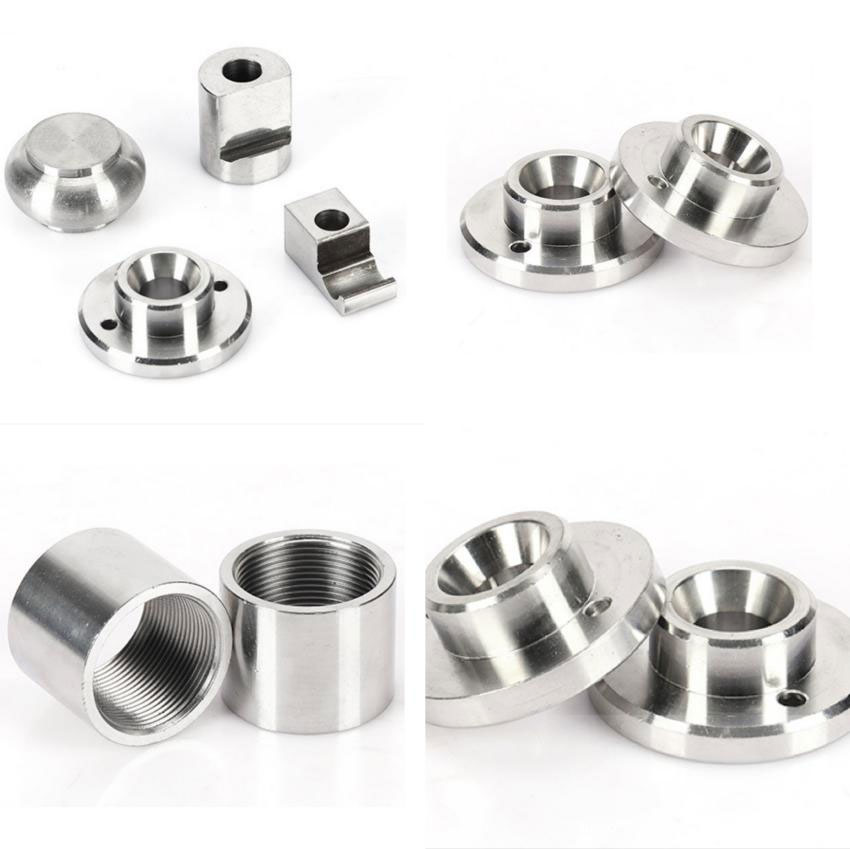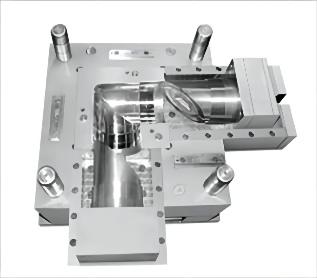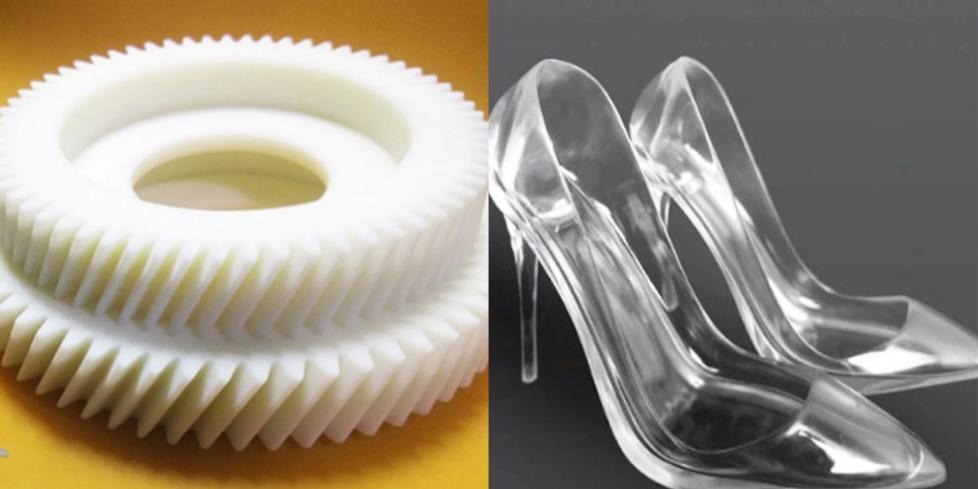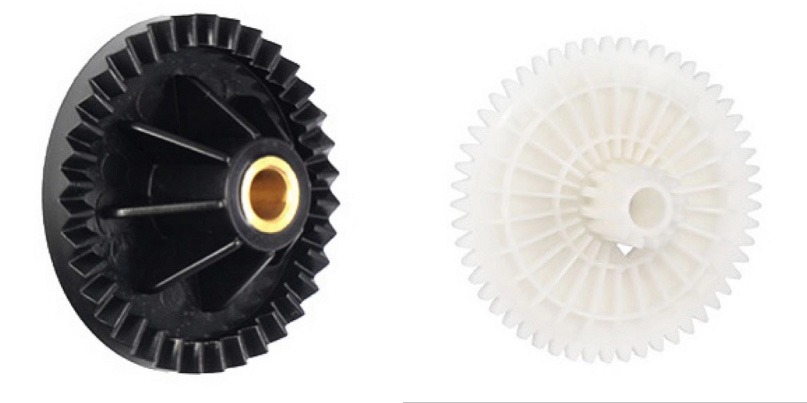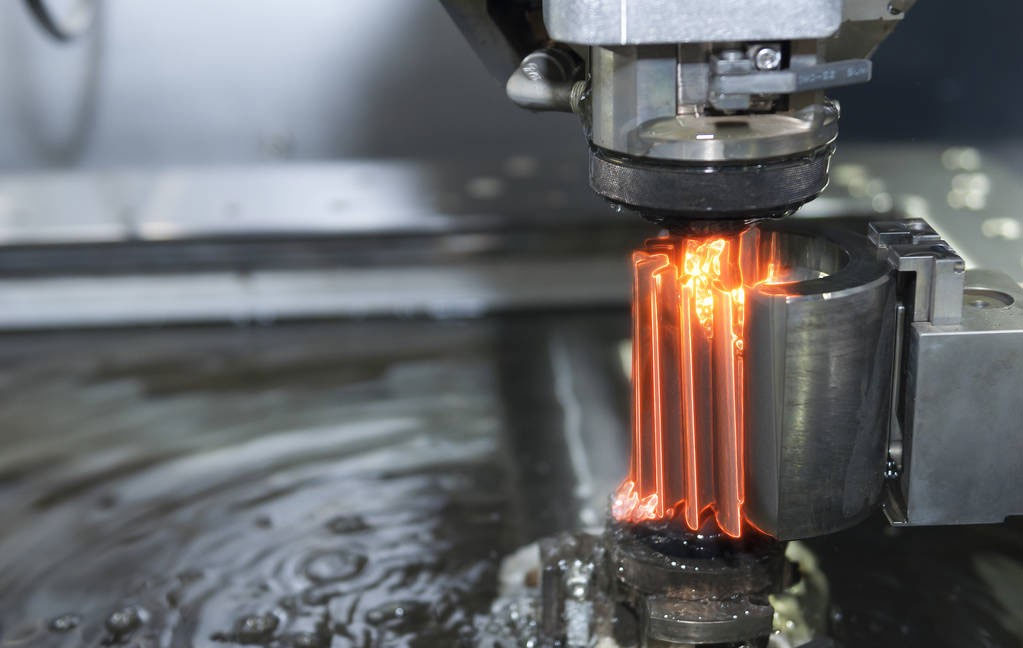With the continuous development of material technology, plastic products are widely used in industrial manufacturing and daily life. Therefore, higher requirements are also put forward for the performance and service life of plastic molds.
How to improve the performance and service life of plastic molds is an important topic in current plastic mold research. It has been found through research that the surface-strengthening technology of plastic molds is the key to improving the performance and service life of plastic molds. Through surface strengthening technology, the hardness, wear resistance, corrosion resistance and other properties of the plastic mold surface can be improved, and the performance and service life of the mold can also be effectively improved.
What is a Plastic Mold?
Plastic mold refers to a tool used in conjunction with a molding machine in plastic processing to make the produced plastic products complete in configuration and accurate in size. For example, the combined plastic mold can be used for various production methods such as compression molding, extrusion molding, blow molding, injection molding, etc. The combined plastic mold is generally composed of the punch mold and cavity mold. Plastic products of different shapes and sizes can be processed through the combination of punch mold, cavity mold, and auxiliary molding systems.
There are many kinds of plastics, plastic molding machines and plastic products have various structures and various processing methods. In order to meet the production requirements of plastic products, there are many types of plastic molds. Different plastic products have different molding methods. According to different process methods, plastic molds can be divided into injection molding molds, extrusion molding molds, high-expanded polystyrene molding molds, blister molding molds, and so on.
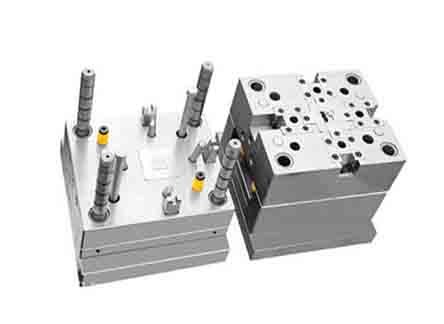
Performance Requirements for Plastic Molds
When the plastic mold is used together with the molding machine, the temperature is generally between 150°C and 200°C, which means that the plastic mold is subjected to both pressure and temperature during the use process. The basic performance requirements of plastic molds are:
- Good cavity surface smoothness
High-quality plastic products have high requirements on the roughness of the cavity surface. The cavity surface of the plastic mold should be polished to reduce the surface roughness.
- Sufficient surface hardness and wear and corrosion resistance
The mold will be subjected to large pressure and friction during the working process, and it should be ensured that the surface of the plastic mold has sufficient hardness, rigidity and wear resistance, and corrosion resistance.
- Excellent machinability
Plastic molds sometimes need to be cut according to the actual situation, so the steel used for plastic molds should have good machinability.
- Good thermal stability
Due to the complex structure of the plastic mold, it is difficult to perform secondary processing on the forming mold. Therefore, materials with strong thermal stability should be used as raw materials in the production process of plastic molds to ensure that the plastic molds have small deformation and small dimensional changes.
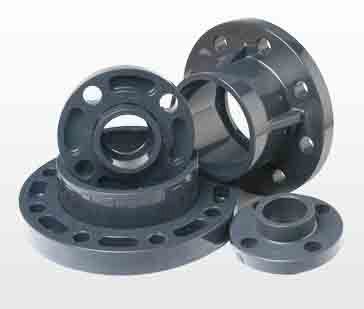
Plastic Mold Surface Treatment Technology
According to its process characteristics, the surface treatment of plastic molds can be divided into surface heat treatment, electroplating, chemical plating, vapor deposition, etc.
Plastic Mold Surface Heat Treatment
Surface heat treatment of plastic molds includes surface quenching and chemical heat treatment.
- Surface Quenching
The purpose of surface quenching is to change the structure and properties of the mold surface through a large change in temperature, to obtain a surface with high hardness and strong wear resistance, and to maintain the original good toughness inside the mold.
The surface quenching technology can quickly heat up while quenching, so that the plastic surface quickly reaches the quenching temperature, and it is cooled immediately before the heat penetrates into the core of the workpiece, so as to achieve local quenching.
- Surface Diffusion Chemical Heat Treatment
Chemical heat treatment is a heat-treatment process. By heating and keeping the workpiece in a certain medium, the active atoms in the medium penetrate into the surface layer of the workpiece, changing the chemical composition and microstructure of the surface layer, so that the surface layer of the workpiece can obtain the required special properties. Its types include carburizing, nitriding, carbonitriding, etc., which aim to improve the hardness, wear-resistance, and fatigue strength of the workpiece surface. Nitriding, siliconizing, aluminizing, etc. are used to improve the corrosion resistance and oxidation resistance of the workpiece. Currently, the most widely used chemical treatments are carburizing, nitriding, and carbonitriding.
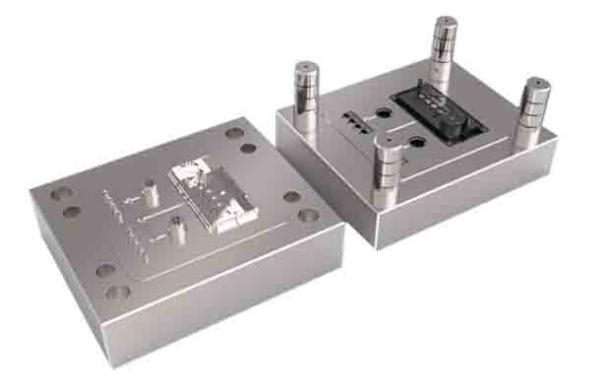
Precautions for Heat Treatment of Plastic Molds
(1) Pay attention to the deformation caused by residual stress.
Steel is highly stressed after grinding, bending, and cutting. The steel needs to be relieved of the stress created by these operations, otherwise, it will deform during heat treatment. For example, mold parts should be roughed (retain enough finishing allowance) to eliminate their stress, first heat the mold to 250-300 degrees, and keep it at this temperature for a sufficient time, then cool to room temperature, and then carry out finishing processing.
(2) Pay attention to the deformation caused by heating too fast during the heat treatment.
The rate of heat treatment should be slow enough so that the temperature of each part of the mold is substantially uniform. During fast heating, the thin section expands faster than the thick section, which creates stress at the joints of the mold, which, if greater than the yield strength of the steel, can deform the mold. In the process of fast heating, when the thin section first reaches the critical temperature and begins to shrink, but the thick section is still expanding, this situation can also cause deformation. During slow heating, the resulting stress is lower than the yield strength of the mold, so no deformation occurs.
Electroplating and Electroless Plating
The surface electroplating of plastic molds includes metal electroplating and composite electroplating. Low processing temperature and easy processing of plastic molds are significant advantages of electroplating. Commonly used electroplating includes chrome plating and nickel plating. Composite electroplating refers to the simultaneous deposition of metal and solid particles in the electroplating solution during the electroplating process to form a coating. The solid particles can choose different materials according to performance requirements. Composite electroplating can enhance the wear resistance, corrosion resistance, and heat resistance of the mold surface.
The uniform plating ability and deep plating ability of electroless plating are better than those of electroplating. Electroless plating can make the thickness of the coating on the surface of the mold uniform, the coating is dense and the gap is small. Another advantage of electroless plating is that the electroless plating equipment is simple and easy to operate.
Vapor Deposition
Vapor deposition is the use of chemical and physical processes in the gas phase to change the surface composition of the workpiece and form a metal or compound coating with special properties on the surface of the mold. Vapor deposition can be divided into 3 types: chemical vapor deposition, physical vapor deposition, and plasma-enhanced chemical deposition. After the vapor deposition treatment, the mold surface can have high wear resistance, corrosion resistance, and oxidation resistance, which can significantly improve the performance and service life of the mold.
JTR has rich experience in manufacturing plastic molds and can also provide surface treatment technology for plastic molds. If you have any needs in this regard, please feel free to contact us.


